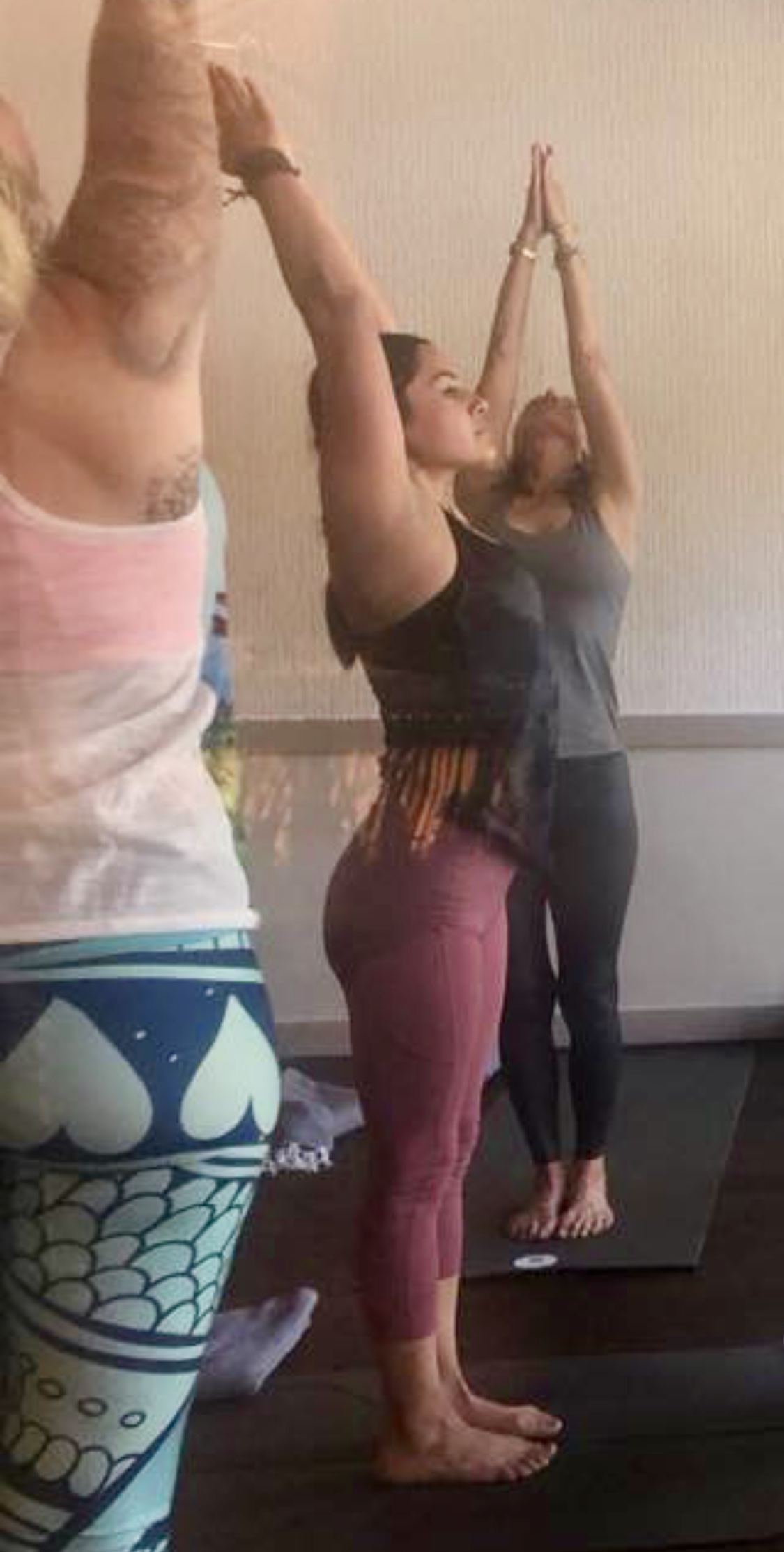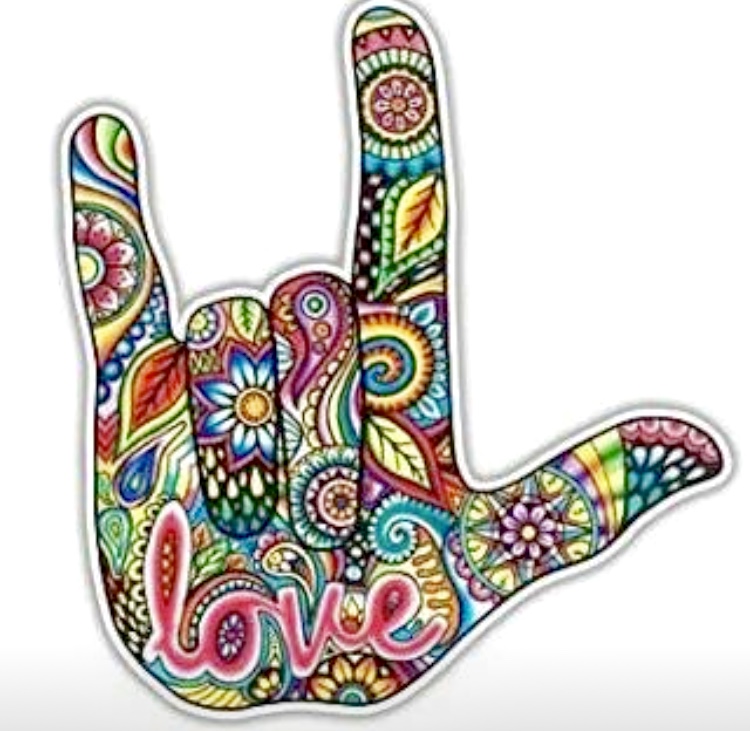Habits, the urges and repetitive patterns we constantly entertain. According to researchers at Duke University, habits account for about 40 percent of our behaviors on any given day. Because habits essentially reflect our health, holding on to habits that no longer serve us can be problematic. The Transtheoretical Model and The Process of Change is rich soil for growing better habits for ourselves and others.
The stakes for modifying human health are high. According to State Health Access Data Center, 1 out of every 2 adults ages 18 and older had at least 1 of 6 reported chronic disorders ranging in types from metabolic, respiratory and heart diseases. In 2021, individuals in the United States reported on average 3.8 physically unhealthy days within a month and 4.2 unhealthy mental days per month.
Despite these statistics, medical experts at the University of Illinois’ Occupational Health Sciences predict that the 21st century’s era of behavioral change will be on the rise. When individuals take charge of their health by breaking unhealthy habits and to some degree, end the mad romance with bad habits.
Understanding Health Behavior
Thanks to decades of research, understanding change sets the stage for progress and transformation. We also know that personal change is not magical or made out of brute determination, but a science that anyone can master. There are three types of influences that shape behavior:
- Predisposing Factors. Includes attitudes, beliefs, and perception. Unfortunately, knowledge isn’t enough to cause most people to change a behavior. Smokers may not like the expense, segregation, or how cigarettes effect their breathing, yet they continue to puff away. Beliefs are likely to change when a benefit is associated, however; there can be a gap between beliefs and consequences like, “That could never happen to me.”
- Enabling Factors. These are skills, resources, physical and mental capacities.To initiate a change, the means should seem accessible. Step-by-step strategies is an important process for change.
- Reinforcing Factors. Praise from family and friends, rewards and encouragement keep motivation flowing. Recognition and a sense of achievement make a difference, but most importantly feeling noticeably better reinforces the change that comes from within.
Breaking It Down
Psychologist, James Prochaska and his colleagues marked the stages by developing “a way of thinking” to improve health. The Transtheoretical Model focuses on the universal aspects of the decision-making process rather than social or biological influences on behavior. The stages of change that people go through usually cycle and recycle several times.
- Precontemplation: Unaware of problem, not thinking of or wanting to change.
- Contemplation: Aware of problem and thinking about taking action.
- Preparation: Getting emotionally ready. Intending to act.
- Action: Taking the necessary action.
- Maintenance: Continuing the necessary action.
- Transformation: Arriving at the desired new behavior, now deeply ingrained as the norm.
Processes of Change
The process of change is a major dimension of the transtheoretical model that enables us to understand how shifts in behavior occur. Each process is a broad category of techniques and interventions. Numerous studies have shown that successful self-changers employ different processes at each particular stage of change. (If you are considering helping someone, think about where they are at the moment and take the next step, don’t just push them straight into action.)
Consciousness Raising: Efforts by the individual to seek new information and to gain understanding and feed-back about the habit with behavioral observations, interpretations, and “googling.”
Counterconditioning: Substitution or alternatives such as desensitization, self care, positive self-statements.
Dramatic Relief: Experiencing and expressing feelings about the behavior and potential solutions like psychotherapy, grieving losses, and cultivating wellness behaviors such as yoga and meditation.
Environmental Reevaluation: Assessment of how the new behavior can benefit with empathy training, journaling, and reflection. Allowing the trust and support of others.
Reinforcement Management: Rewarding oneself or being rewarded by others for making changes. Use of personal contingency contracts, overt and covert reinforcements.
Self-liberation: Choice and commitment to change the behavior includes decision-making therapy, New Year’s resolutions, commitment enhancing techniques.
Self-reevaluation: Emotional and cognitive reappraisal with respect to the behavior like value clarification and correct emotional responses.
Social Liberation Awareness: Availability and acceptance to alternative, problem-free lifestyles with empowering interventions.
Stimulus Control: Controlling situations that trigger the old behavior by adding stimuli that encourages alternative behaviors. Restructuring the environment, avoiding high risk cues and using fading techniques
Having a choice to change old habits means exercising personal freedom. What you eat, what you think, what you say, and what you do is your own charted course. A counterintuitive habit may seem like a convenient escape until it turns into a prison.
Peace.
Published: YOGA+life Magazines





